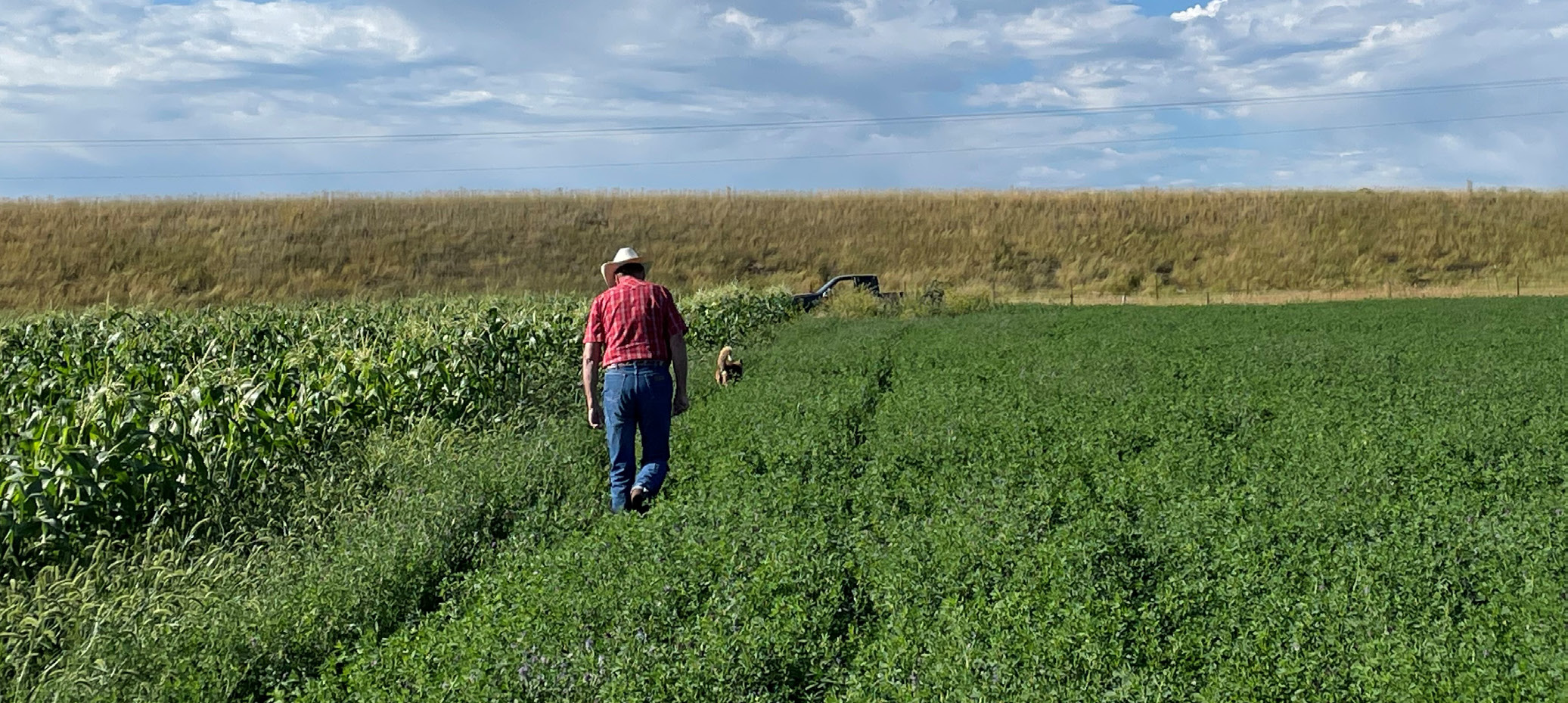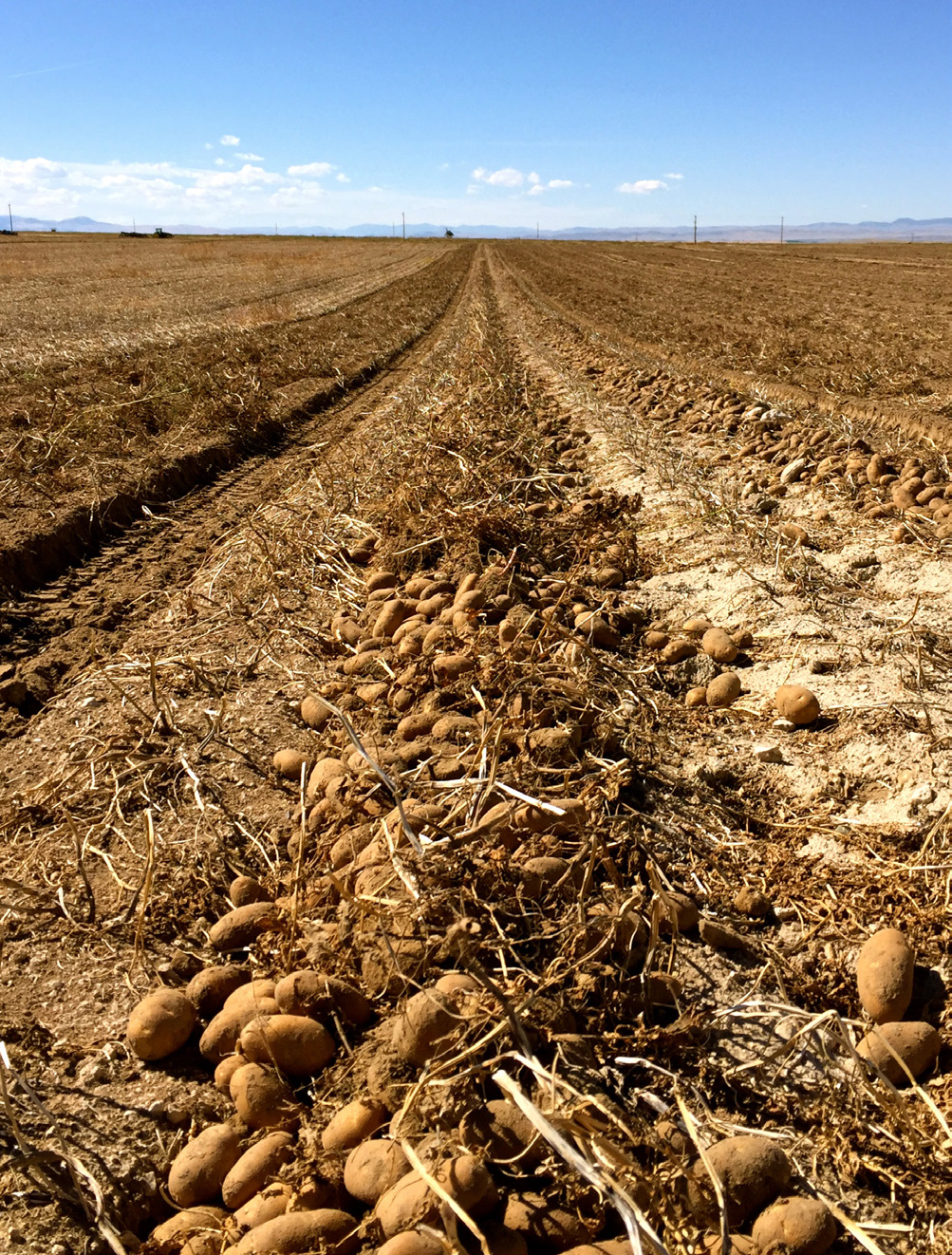Autumn's Harvest: A Season for Gathering Crops and Information
Fall marks the end of the harvest season, a time when farmers reflect on what they hope was a fruitful year. It’s also an ideal time to gather and sort through vital farm data, which can be critical for planning the next year’s crops.
Harvest time also provides an excellent opportunity to collect and organize data on farm performance, allowing farmers to reflect on how the growing season unfolded. These data can include yield figures, production costs for each crop, and projections of market prices for crops that will be sold in the coming months. Additionally, farmers can compile a list of any challenges encountered during the season and assess how the issues impact productivity.
WHY COLLECTING DATA MATTERS
Collecting and organizing data is crucial for preparing and planning for the next crop year. For example, data on acreage, yield, and expected prices can help estimate gross returns. This information is valuable when negotiating with a banker for a new loan or refinancing an existing one. It’s also useful for setting lease terms with a landlord for the upcoming year.
Another important type of data to gather is production cost information. These data are crucial in negotiations with buyers or processors to ensure that the offered prices will cover production costs. It’s also valuable when negotiating with input suppliers, helping to secure necessary inputs (e.g. fertilizers or soil amendments) at reasonable prices or with favorable payment terms that reduce financial strain. Additionally, production cost data can be useful in discussions with landlords, particularly when exploring cost-sharing options or establishing a more manageable payment schedule.
It is important to document any pest or weather issues that affect a farm during the crop year. Keeping lists, photos, and other records of the problems can be helpful when negotiating compensation with crop insurance providers or landlords. This documentation can also be beneficial when discussing with peers, neighbors, and experts to gain insights on the likelihood of the issues recurring, evaluate the effectiveness of mitigation strategies, and explore new methods to prevent similar challenges in the future.
USING DATA TO NEGOTIATE
One key aspect of the table is that each “Potential Usage” example begins with “Negotiate with...” This emphasis highlights the old saying, “knowledge is power,” or more specifically, “data are powerful.” Having clear, well-organized data that tells the story of the farm’s operations can be a significant advantage in negotiations with business partners like bankers, landlords, input suppliers, and crop buyers.
RESOURCES FOR BETTER NEGOTIATIONS
The authors of this article have developed two sets of resources to help members of the agricultural community prepare for and conduct successful negotiations. The first is available online at the “Negotiation in Agriculture” website, negotiation.farmmanagement.org. This site offers seven guides and a template to assist with planning and executing negotiations. The guides are supported by four online learning modules, which feature expert presentations, reference materials, and quizzes to test knowledge. These resources are publicly accessible and ready to use.
| Type of Data Gathered in the Harvest Season | Potential Usage of Data |
| Acreage, Tield, and Expected Price Data |
Negotiate with:
|
| Production Cost Data |
Negotiate with:
|
| Lists and Photos of Pest or Weather Issues |
Negotiate with:
Discuss with peers, neighbors, and experts regarding:
|

Photo: Elizabeth D’Imperio, MSU Extension
The second set of resource materials is designed for agricultural professionals such as Extension personnel, state agriculture department staff, U.S. Department of Agriculture Natural Resources Conservation Service (NRCS) staff, and others who provide educational programs to stakeholders. These resources are hosted on a “Train the Trainer” program website, agnegotiate.org, and are organized in a Moodle-based learning course.
Course materials include topics like preparing for and conducting negotiations, managing family business relationships, family succession, mediation versus negotiation, and agricultural leases. This site will be expanding the section on agricultural leases to include additional information covering crop leases, solar and rangeland leases, and regulatory issues related to using public lands for agriculture. These materials will be made available to the public when completed.
LEARNING AND SHARING IN THE OFF-SEASON
In closing, fall and winter are prime seasons for agricultural professional meetings. The authors encourage crop producers, farm staff, and stakeholders to attend events and engage with one another. Sharing experiences, knowledge, and ideas at these meetings is invaluable. They present chances to learn about the challenges and successes of each crop year and to develop strategies that will help the agriculture industry overall and Western farm businesses thrive in the years ahead.

Photo: Jessica Rupp, MSU Extension
Pat Hatzenbuehler is a Crop Economics Extension Specialist at the University of Idaho; John Hewlett is an Extension Educator at the University of Wyoming; Joel Schumacher is an Extension Economics Associate Specialist II at Montana State University; Hernan Tejeda is a Dairy and Livestock Economics Extension Specialist at the University of Idaho.
